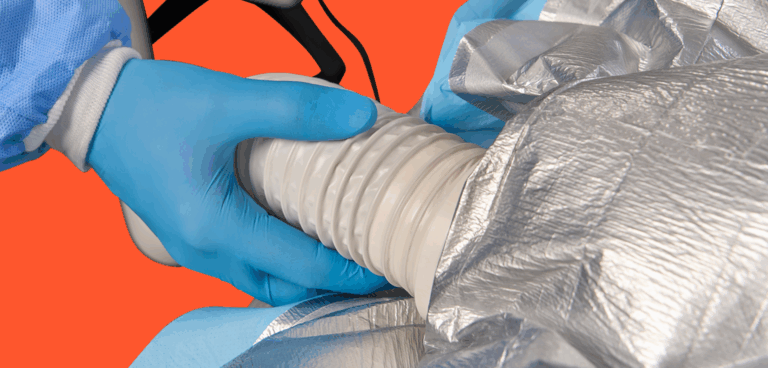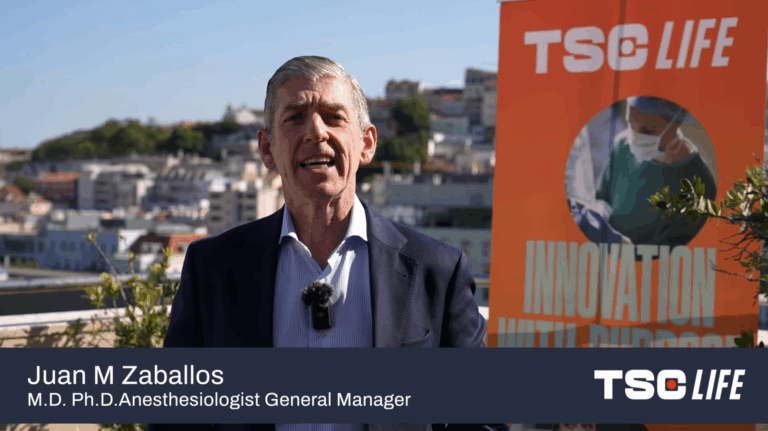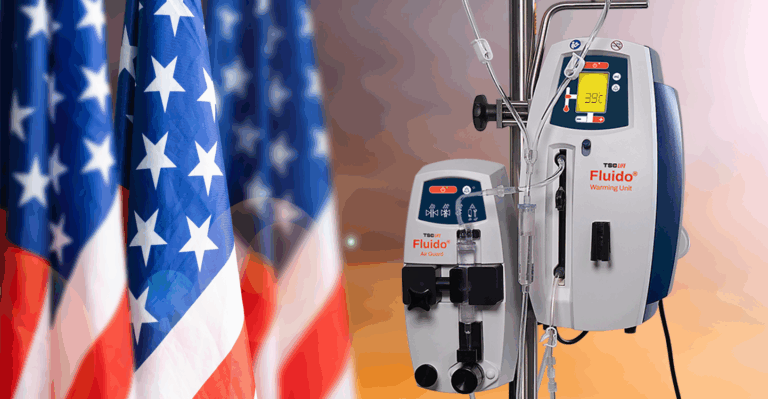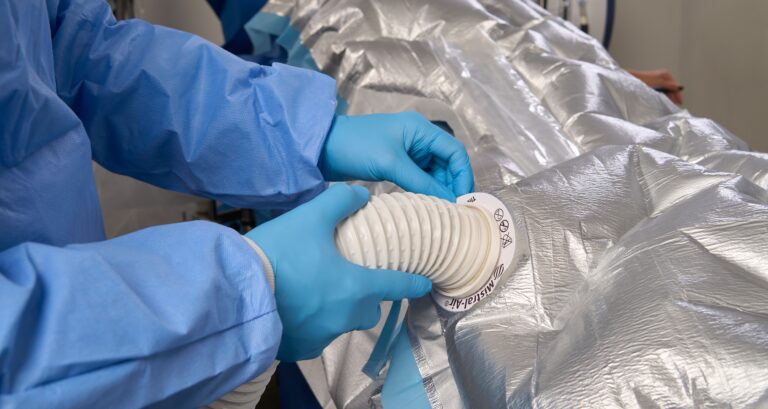Breaking the Silence: Urology and Men’s Health

Why Urological Health Matters for Men
Millions of men across the globe silently struggle with urological conditions. Whether it’s urinary symptoms, erectile dysfunction, or serious diseases like prostate cancer, the impact on quality of life is real. Yet many men delay seeking help — often until their condition becomes unavoidable.
At TSC Life, we believe that raising awareness is just as important as offering solutions. This article helps break the silence around men’s urological health and introduces how we’re supporting professionals and patients alike.
Common Urological Conditions in Men
Here are some of the most frequently encountered urological issues:
- Benign Prostatic Hyperplasia (BPH): A non-cancerous enlargement of the prostate, affecting over 50% of men aged 60+¹
- Prostatitis: Inflammation of the prostate that can cause pain, difficulty urinating, and general discomfort ²
- Erectile Dysfunction (ED): Often a result of circulatory, neurological, or psychological causes, ED affects over 30 million men in the U.S. alone³
- Urinary Incontinence: Involuntary leakage that can follow surgery, aging, or prostate treatment⁴
- Prostate & Testicular Cancer: These cancers are highly treatable if caught early — regular screening is critical⁵
Why Men Delay Treatment
Too often, urological symptoms are dismissed or normalized by men — due to embarrassment, social stigma, or fear of diagnosis. But silence is costly.
Early intervention leads to better outcomes, less invasive treatment, and restored quality of life.
Urology Awareness Campaigns Matter
Awareness events like:
- Men’s Health Month (June)
- Movember (November)
…encourage men to get checked, talk about their health, and support research into prostate and testicular cancer. These global movements remind us that men’s health is a year-round priority.
How TSC Life Supports Urology Professionals
At TSC Life, we develop medical solutions that empower clinicians to:
- Streamline urological procedures
- Improve patient comfort and recovery
- Enhance diagnostic accuracy and therapeutic care
- Maintain safety and efficiency in both OR and outpatient settings
Whether it’s advanced endoscopy systems, air management devices, or patient warming technology, our portfolio supports high-performance care across surgical specialties — including urology.
We’re Here to Start the Conversation
No man should suffer in silence. Whether you’re a healthcare provider, hospital decision-maker, or someone looking for answers, TSC Life stands ready to support better urological care — through innovative technology, education, and expert collaboration.
Want to Know More?
We’re here to help you deliver better urological outcomes.
References
- Mayo Clinic. Benign Prostatic Hyperplasia (BPH). https://www.mayoclinic.org/diseases-conditions/benign-prostatic-hyperplasia
- National Institute of Diabetes and Digestive and Kidney Diseases. Prostatitis. https://www.niddk.nih.gov/health-information/urologic-diseases/prostatitis
- Urology Care Foundation. Erectile Dysfunction. https://www.urologyhealth.org/urologic-conditions/erectile-dysfunction
- Cleveland Clinic. Urinary Incontinence. https://my.clevelandclinic.org/health/diseases/14428-urinary-incontinence
- American Cancer Society. Prostate Cancer. https://www.cancer.org/cancer/prostate-cancer.html




